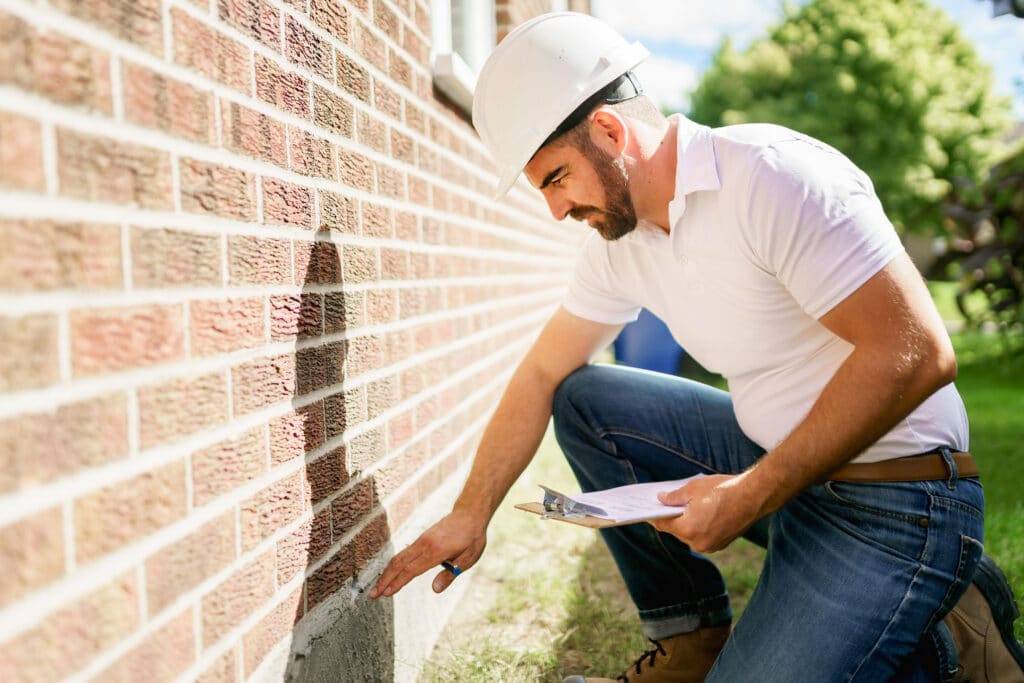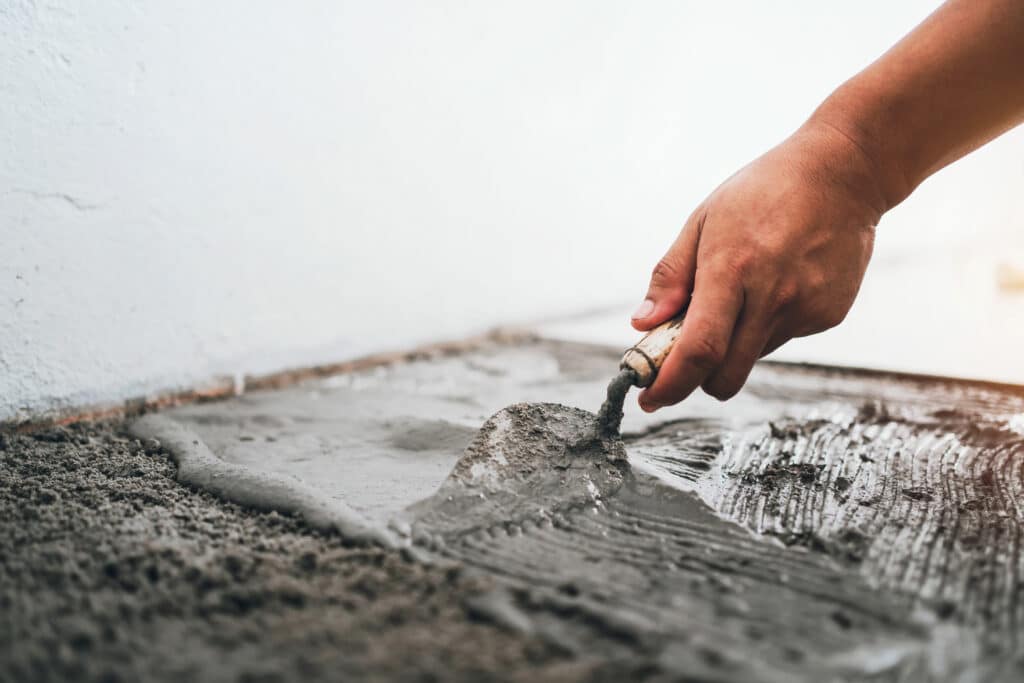Common Causes of Foundation Problems in Indianapolis
Foundation issues have some possible causes. Here are the most frequent ones for Indianapolis residents:
- Aging plumbing: The average Indianapolis home construction year is 1978. If you live in an older home, it's likely to have cast-iron plumbing. When the pipes start to erode, leaking water could reach your foundation and even pool beneath it.
- Standing water: Standing water around your home can be menacing to your foundation's integrity, especially when it gathers in areas your drainage system doesn't cover.
- Improper modifications: Landscaping or roofing work that wasn't done to standard could lead to your foundation settling.
- Soil composition: Soil with large sand or clay concentrations is highly expansive. In the heavy rainfall Indianapolis receives, the soil absorbs moisture like a sponge, then releases it in dry seasons. The constant expansion and contraction presses against nearby foundations, even if the foundations keep dry.
- Tree Roots: Tree roots can encroach on a home's foundation through crevices, and may apply force that results in your foundation cracking, pipes rupturing, and overall structural deterioration.
How to Choose the Best Foundation Repair Company
Your home's stability depends greatly on its foundation. It's vital to choose the best team possible. Focus your research on these features:
Licensing and Experience
Indiana foundation repair companies don't need a state license to operate. However, local governments can and often do establish their own requirements, exams, and codes. Before you begin your company search, it's best to contact your city hall and learn about what's required. Talk to staff to gain more insight into a company's experience. You should ask about local inspection processes, building codes and permit ordinances.
Contractor websites are some of the best places to do your research. Typically, a business will display how long it's been operating. It might also upload other content to help potential clients.
Customer Reviews
Before signing a contract with a company, review its online profile with the Better Business Bureau (BBB). You can examine both positive reviews and complaints. Complaints aren't necessarily a red flag in themselves. You want to discover how a company handles them. If the management team consistently and proactively resolves issues, it's a good sign. However, if the company lacks accreditation, has an abundance of negative feedback, and doesn't communicate properly, you should think twice about working with it.
Finally, we encourage you to search other platforms, like Trustpilot and Google, for more opinions.
Foundation Repair Cost in Indianapolis
The price of foundation repair can range widely depending on the scale of the issues and what must be fixed. For minor foundation cracking and settling issues, you may pay as little as $1,800. However, if there is substantial damage, the normal cost falls at about $2,600. More complex projects requiring tunneling, helical piers, or major mudjacking could cost $6,800+. See below the average foundation repair costs for common issues.
| Common Foundation Repair Services | Average Cost |
|---|---|
| Crack Repair | $318 |
| Leak Repair | $2,504 |
| Stabilization | $4,301 |
| Underpinning | $1,221 |
| Waterproofing | $2,761 |
Ready to Get a Quote on Your Foundation Repair Project?
Please enter a valid 5-digit zip code!
Frequently Asked Questions About Foundation Repair in Indianapolis
How much does foundation repair cost in Indianapolis?
What's the most popular foundation type in Indianapolis?
Do Indianapolis foundation repair companies offer warranties or guarantees?
What preventive measures can I take to avoid foundation issues?
- Ensure your home's gutters and downspouts are in good condition and direct water away from your foundation to avoid water accumulation.
- Irrigate the soil around your foundation evenly, especially during dry spells, to prevent expansion and shrinking.
- If possible, grade the soil around your home to slope away from your foundation, promoting water drainage and minimizing the risk of foundation issues.
- Keep an eye on your foundation for signs of damage, and repair any issues promptly.
To share feedback or ask a question about this article, send a note to our Reviews Team at reviewsteam@thisoldhousereviews.com.
More Foundation Resources
National Foundation Repair Ranking Methodology
Sources
U.S. Census Bureau (American Communities Survey)
















